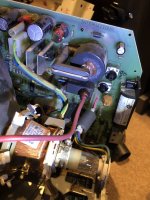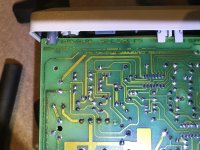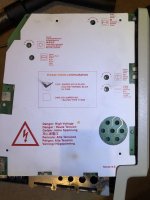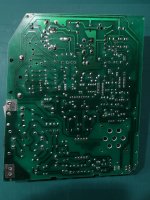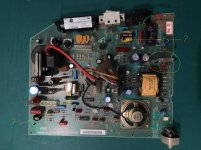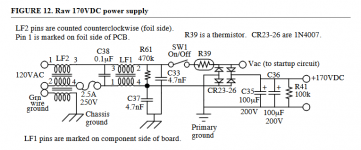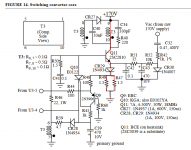Will Cheyney
Active member
I'm trying to rescue a US 120V Macintosh Plus that was gifted to me. The previous owner accidentally connected it to a 240V UK mains power supply without a step-down transformer. Whoops!
The original 2.5A 250V fuse had clearly blown so replaced it at the same time as doing a complete recap.
When I did the "smoke test" just now (and this time I made sure to the use the correct step-down voltage converter), the fuse blew again so something somewhere isn't right. Would anybody be able to help me diagnose what the issue could be? Just as a side note, the logic board works fine in another Plus so luckily that wasn't fried by the original mishap.
Thanks for any help in advance
Will
The original 2.5A 250V fuse had clearly blown so replaced it at the same time as doing a complete recap.
When I did the "smoke test" just now (and this time I made sure to the use the correct step-down voltage converter), the fuse blew again so something somewhere isn't right. Would anybody be able to help me diagnose what the issue could be? Just as a side note, the logic board works fine in another Plus so luckily that wasn't fried by the original mishap.
Thanks for any help in advance
Will


